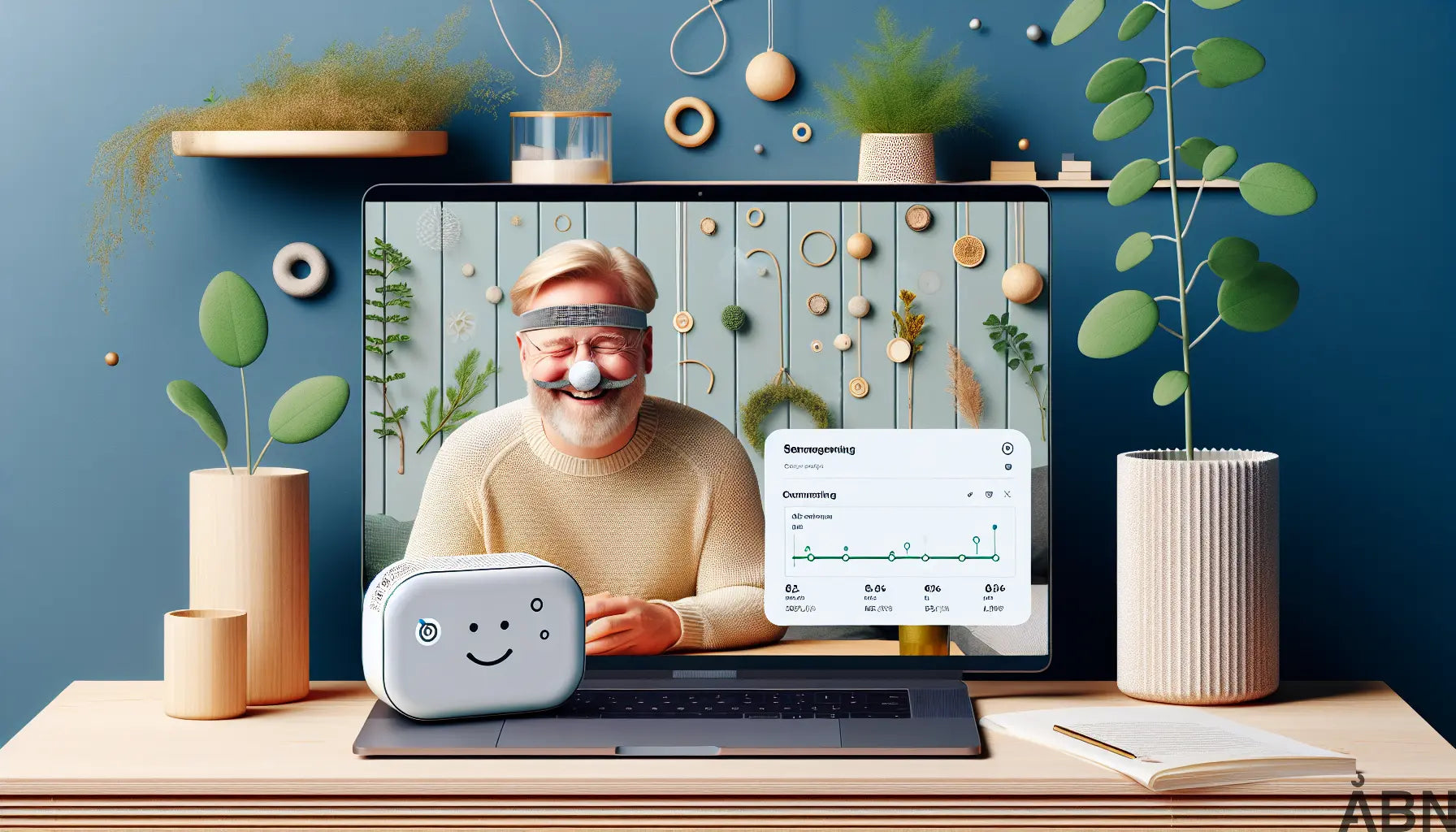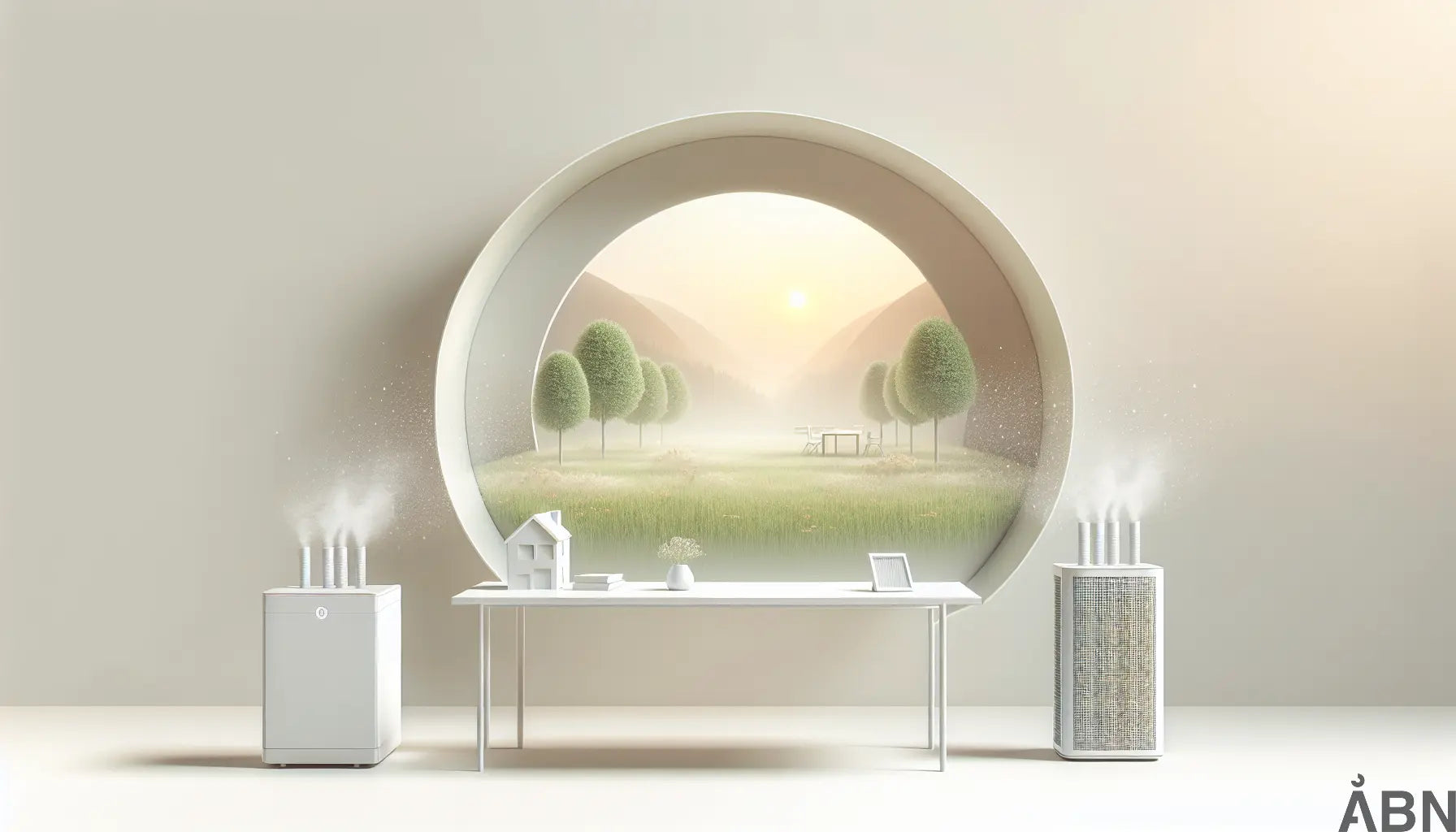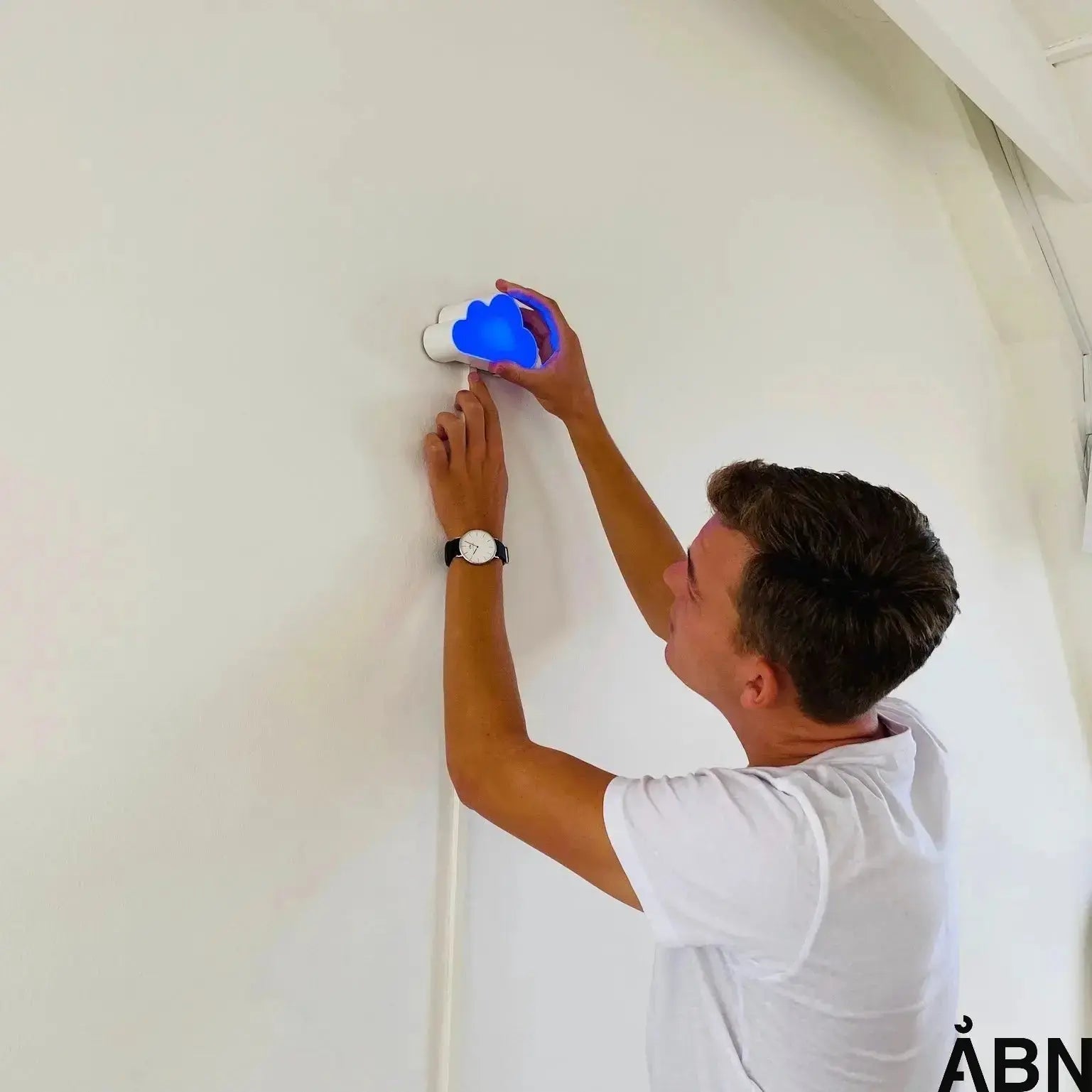
Sit strategically: Places near windows and doors provide better air circulation.

Use breaks actively to improve CO₂ levels (air out and change the environment).

How to create better air quality in the classroom or office.

CO₂ and ventilation: Understand the connection.

CO₂ and health: Headaches, fatigue and inattention.

CO₂ in schools and offices: Facts and statistics about Danish indoor climate.

Legislation and limit values for CO₂ and how they are measured.

How do high CO₂ levels affect concentration and learning?

How to measure CO2 in your home

Can dampness in the home cause coughing?

How to measure mold in the house

How to measure dust in the indoor environment
Follow the latest news
Welcome to ÅBN's blog page, where we provide you with the latest insights and updates on indoor climate, sensors and much more. To ensure that you are always up to date with the latest trends and technologies, we have compiled a number of articles covering everything from improving indoor climate to the latest sensor solutions.
Do you have any questions?
Do you have questions or need further information about indoor climate, sensors or any of the topics we cover on our blog? We are here to help! You are always welcome to contact us directly at hello@aabn.io . Our team is ready to answer your questions and provide you with the knowledge you need to optimize your indoor climate and make the most of sensor technologies.
Thank you for visiting our blog. We look forward to bringing you more useful updates and news about indoor climate and sensors.
Would you like more information about indoor climate, ÅBN or our products? Book a meeting and we'll have a chat.





